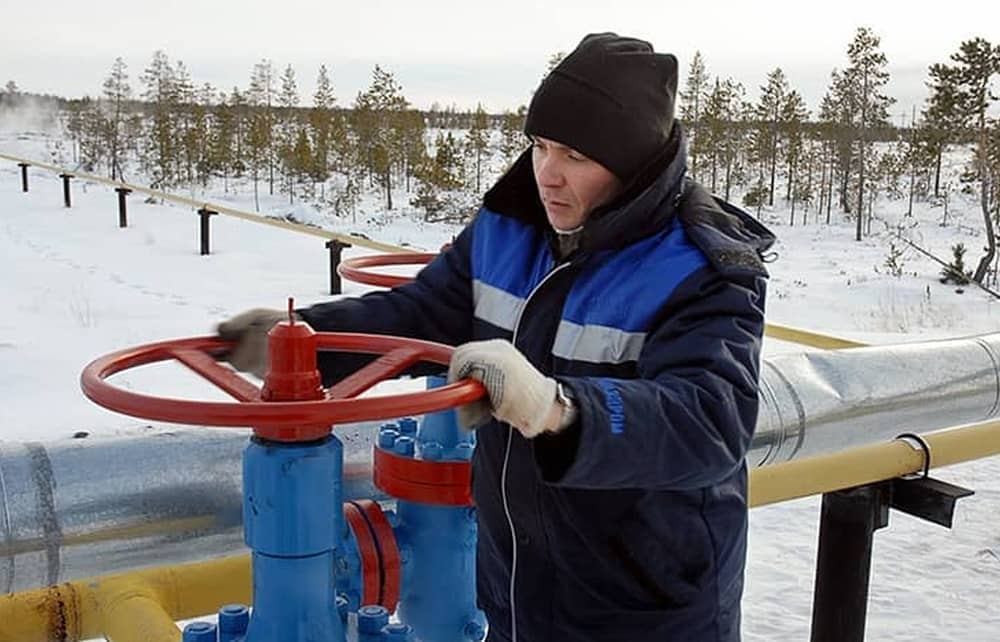Striking differences
This summer’s strikes are unlikely to erupt as badly as the Great Railroad Strike of 1877 in the US, which still stands out as one of the most violent in history. It began when workers on the Baltimore and Ohio Railroad refused to accept a 10% pay cut, their second in a year. On 14 July they uncoupled locomotives and stranded 600 trains around the town of Martinsburg, West Virginia. The strike spread throughout the north-eastern states. In Cumberland, Maryland, ten people were killed when the militia were dispatched to deal with the strikers. In Pittsburgh, a riot led to 40 deaths. In Lebanon Valley, Pennsylvania, a viaduct was burned down. Federal troops restored order by the end of the month.
Base instincts
The Bank of England raised its base rate to 1.25%. What was the Bank’s base rate at previous points in history when, as now, the Retail Prices Index (RPI) was around 11%?
RPI / Bank of England Base Rate
Feb 1982 11.0% (falling) / 13.8%
June 1979 11.4% (rising) / 14.0%
Jan 1978 9.9% (falling) / 6.5%
Dec 1973 10.6% (rising) / 13.0%
June 1952 10.6% (falling) / 4.0%
July 1951 11.3% (rising) / 2.0%
Human rights violations
Does the European Court of Human Rights pick on the UK? Rulings on some of the larger countries which fall under its jurisdiction (1959-2018):
At least one violation / No violation
Turkey 3,128 / 81
Russia 2,365 / 99
Italy 1,830 / 69
Ukraine 1,274 / 19
France 736 / 175
UK 315 / 141
Germany 195 / 117
Spain 112 / 48
Netherlands 92 / 44
Sweden 61 / 59
Source: ECHR
Fuelling discontent
Who has bought the most fossil fuels from Russia since the Ukraine invasion?
China £13.5bn
Germany £13bn
Netherlands £7bn
Italy £5.9bn
Turkey £5.7bn
Poland £4.3bn
France £3.3bn
India £3bn
Source: CREA






Comments